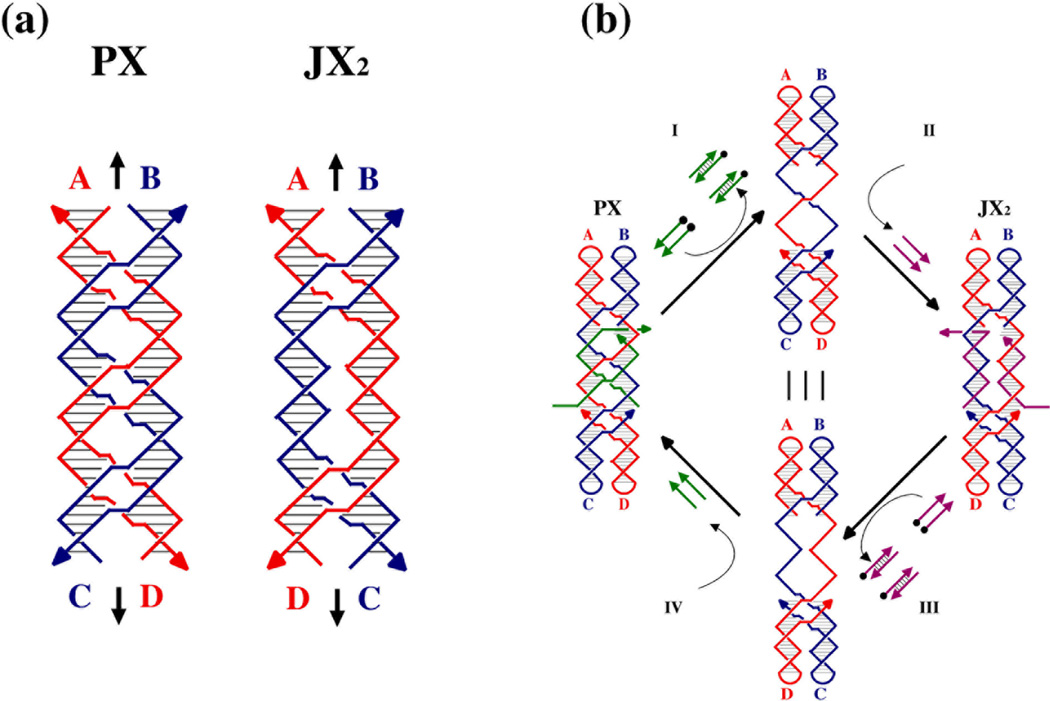Figure 9. The PX Motif as the Basis for a Robust Sequence Dependent Device.
Panel (a) illustrates the PX molecule and a variant that has two juxtapositions, rather than crossovers, termed JX2, Note that the topological difference between the two species leads to a half-turn difference in their structures. The PX molecule has the blue strands wrapped around the red strands for 1.5 turns, but the JX2 molecule only has a one-turn wrapping; this difference can be seen in the positions of the four letter labels flanking the helices, with A (red) and B (blue) at the top of each helix, but C (blue) and D (red) on opposite sides at the bottom. Panel (b) illustrates the machine cycle of a device based on the molecules shown in (a)30 Starting at the left, the PX molecule now contains two green strands that set its conformation to the PX conformation, but these molecules contain extensions that allow their removal when their complete biotinylated (black circles) complements are added to the solution (Process I), leaving an empty frame. The addition of the purple strands (Process II) sets the state of the device to the JX2 conformation. Processes III and IV act analogously to reset the state of the device to the PX conformation. By varying the sequence in the unpaired region of the frame, a large number of different devices can be designed.

